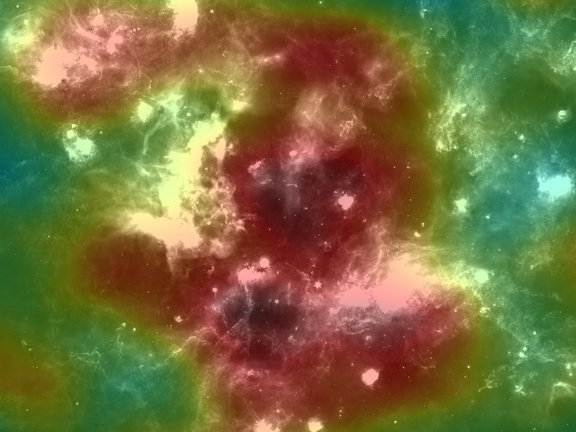HAWC has detected cosmic gamma rays with energies up to at least 200 Teraelectron volt (TeV, 1012 eV) from the direction of the “Cygnus Cocoon”. This is a superbubble surrounding the birthplace of massive stars. The analysis shows that these gamma rays could be produced by Petaelectron volt (PeV, 1015 eV) cosmic rays. The cosmic-ray particles are accelerated to PeV energies in the enclosed star forming region Cyg OB2. These cosmic rays interact with the gas in the region to produce the observed gamma rays. The energy distribution and location of the gamma rays in the Cocoon are different at GeV and TeV energies, which indicates that particles in the Cocoon at different energies were transported differently. These observations give us new clues about the creation and evolution of cosmic rays and the past activity in the superbubble. They also show for the first time, that PeV cosmic rays are produced in massive stars environment.
Original publication:
HAWC observations of the acceleration of very-high-energy cosmic rays in the Cygnus Cocoon, Abeysekara, A.U., Albert, A., Alfaro, R. et al. (HAWC Collaboration), Nature Astronomy (2021), DOI: 10.1038/s41550-021-01318-y https://doi.org/10.1038/s41550-021-01318-y
HAWC - The High-Altitude Water Cherenkov Gamma-Ray Observatory
